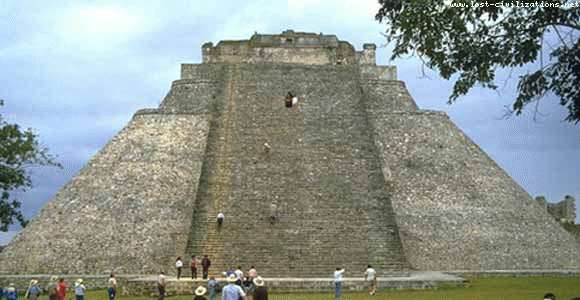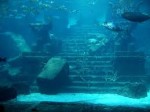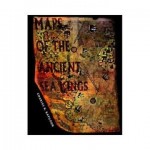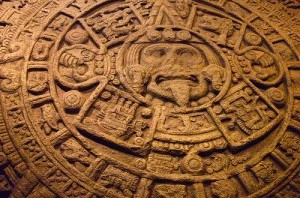
In the small community where I grew up there are still a couple of log cabins that owners have preserved. But most of the 1800 houses and buildings are no longer standing. There are even fewer buildings from the 1700s, 1600s, or 1500s within hundreds of miles of my hometown.
However, there are still several man-made structures that were built around 1000 A.D. within easy driving distance of where I grew up. These are well-built earthen mounds found in Alabama, Mississippi, Tennessee and other Southeastern states. There are literally thousands of mounds in or around the Mississippi basin and its tributaries.
Mounds near the ocean were typically made from shells, animal bones, and other items. Not all of the mounds are well-preserved, but of the ones that have been studied by professional archeologists, many skillfully made artifacts have been recovered.
Not a lot is known about the mound builders, but they seem to have made up flourishing communities from around A.D. 800-1500. About 500 years ago, they dissipated or died off, leaving few clues as to what happened to them. The original people who lived in these cultures were apparently very intelligent and used advanced technologies in building mounds, sun calendars, and other items. Continue reading The Pyramid Belt




